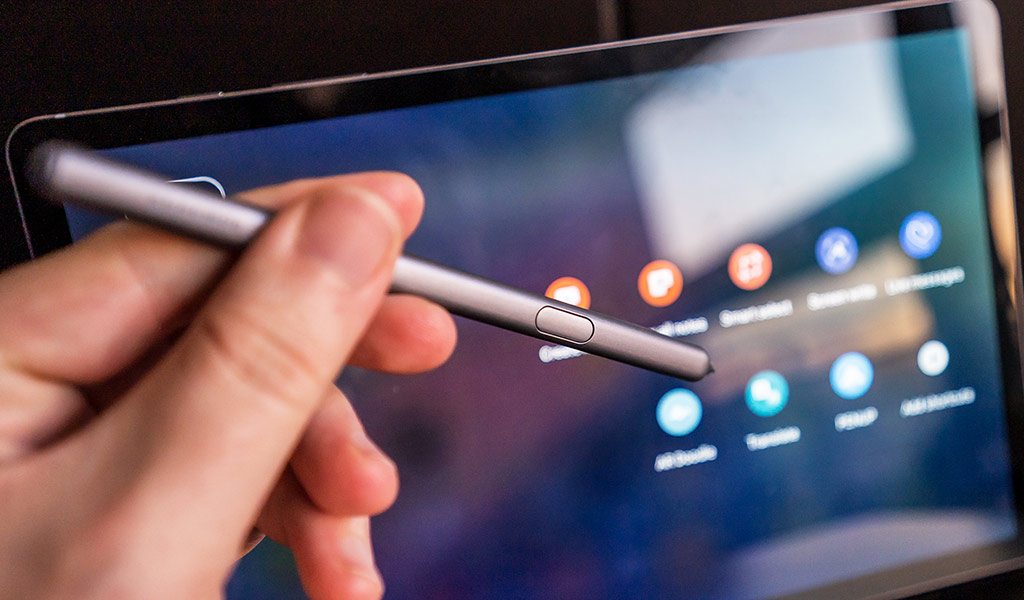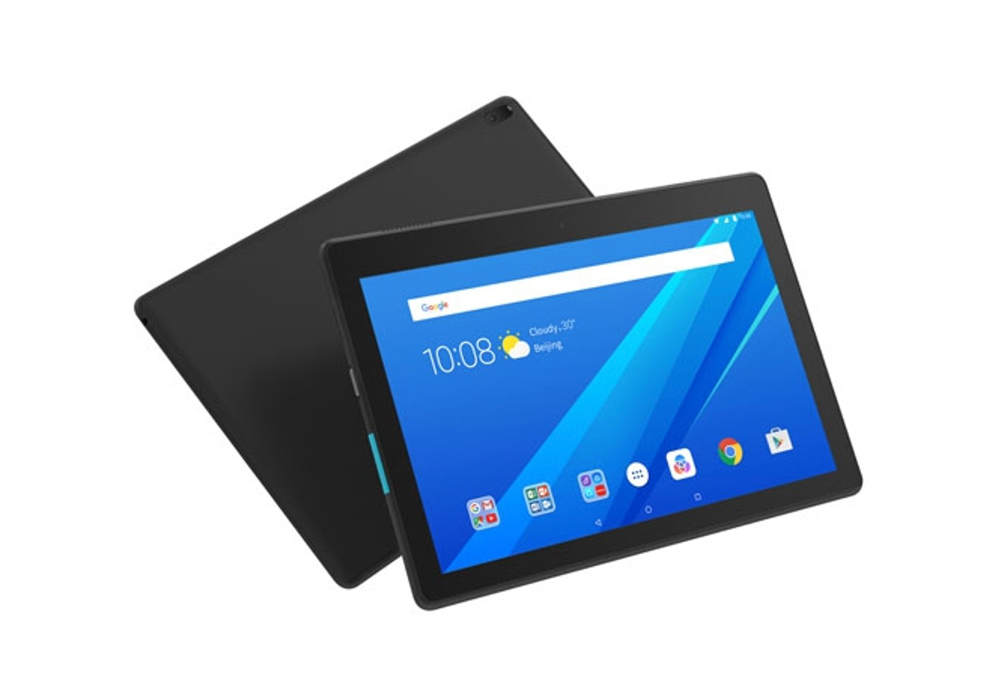 Social connection is an important part of maintaining one’s health and preventing risk of social isolation and loneliness. In times like these, technology can play a significant role in supporting older adults and their loved ones to stay connected from afar. Tablets are often chosen by older adults and their families when getting started in the digital world. Tablets are preferred because of the larger touch screen, portability, range of choices, and availability of apps that can support older adults. However, selecting the right tablet can be complicated because there are so many options available.
Social connection is an important part of maintaining one’s health and preventing risk of social isolation and loneliness. In times like these, technology can play a significant role in supporting older adults and their loved ones to stay connected from afar. Tablets are often chosen by older adults and their families when getting started in the digital world. Tablets are preferred because of the larger touch screen, portability, range of choices, and availability of apps that can support older adults. However, selecting the right tablet can be complicated because there are so many options available.

Before the purchase
From 2013 to 2016, internet use increased the most (from 65% to 81%) for those aged 65 to 74 year old, and increased significantly (from 35% to 50%) for those aged 75 and older.1 Even though the number of older adults online is increasing, there are individuals who may still be unsure of the benefit technology can provide them. Some older adults experience concerns related to cost, privacy, security, lack of available guidance and instructions, and lack of knowledge and confidence in using the device. They may generally be skeptical about technology and the reason for using it. This does not mean older adults are not interested—many are eager to adopt technology and willing to learn using a tablet.
Instead of actively seeking out technology, many older adults will get their first tablets when their caregiver or child purchases one for them or hands them down an older device. As a caregiver or a child, a first step should be to connect with your older loved one prior to purchasing a tablet for them to make sure that they feel comfortable with the idea. Consider their interests: what is your older loved one interested in doing with the device: watching videos, listening to music, being on Facebook, connecting with family or playing brain games, etc. Then show them examples of tablets you feel may suit their needs.

When possible involve your older loved one in the purchase and provide the opportunity to get any of their questions answered by the store associate. For example, they may be concerned about their ability to use the touch surface of the tablet and the associate can show how a stylus may make interacting with the device much easier. In this way, they can get excited and be onboard with their new device. It is important to ease any apprehension the older loved one may have when it comes to lack of instruction and support to get started on their new technology. Understanding their perception of technology is key to help them to become comfortable and use the tablet to its full potential.2
Identifying the specific needs of the individual

Start with identifying your budget. There is huge variety of products on the market; understanding your budget will help make shopping easier for you by narrowing down your selection. If you are looking for the most affordable tablet on the market, Amazon Fire Tablet may be a great option for you. Samsung Galaxy Tab A is the perfect size for reading and other entertainment. For iOS (Apple) options, the iPad mini is a great starting point.
At the same time, select the best accessories that will help your loved one use the device more easily (keyboard, stylus) and protect the device from damage (case).
Set up
Once the tablet has been purchased, support and guide your older loved one through the set up process. Continuous support is key for them to feel comfortable in using the device. If the older loved one feels comfortable enough to set up the tablet themselves, provide support as needed. When starting on a new tablet, there are several onboarding steps.
Consider the following:
- Support with set up on the network. This requires the network ID and password. There is an opportunity here for the caregiver or child to show the older loved one how they can potentially use password managers for online security.
- Support with connecting an e-mail address and/or a phone number to the tablet
- Register the tablet to your older loved one.
- From here you will follow the set-up instructions on the tablet. Most tablets offer an onboarding process so follow the prompts provided on the screen.
- Check the accessibility settings. Accessibility features on different tablets will support with those with vision and hearing loss. Update the font size, contrast and sound settings on the device as needed.
- If desired, link the phone to the tablet, with their contacts, email and photos. Explain to your older loved one what happens once the phone is linked to the tablet
- Once the tablet is set up ,support in downloading the apps they are interested in. Show how to download apps. Provide guidance on how to get started on an app. Describe the differences between free apps, one-time purchase apps, and those with monthly subscription fees. Some apps are already pre-downloaded on the device. Some of the
 most commonly used apps include:
most commonly used apps include:
- Audible: Includes audiobooks, radio and TV programs. Audio versions of magazines and newspapers are also accessible.
- News: Examples include Apple News, Google News, New York Times, Financial Times, BBC etc.
- Email: Gmail, Mail by Apple etc.
- YouTube: Online video sharing platform
- Social media: Facebook, Instagram etc.
- Banking: RBC, TD, Scotiabank etc.
- Weather: Weather App, Weather network,
- Streaming: Crave, Netflix, Disney etc.
- Let your older loved one try the device. Walkthrough common actions on the tablet like launching an app, using Facebook or starting a video call. Review how to access Settings to modify any common functions such as Wi-Fi, Bluetooth, Notifications, Sound, Display & Brightness, Accessibility, and more. For any of the communications apps, do a test call and test video conference to ensure your older loved one can connect with you.
Having access and knowledge on how to use technology like a tablet can support older loved one to stay connected with their family, friends and their community. For many older adults, new technology may be daunting as the learning curve continues to grow but there are many ways caregivers or children can help their older loved one to continue to learn and stay connected. To do this, it is important to create a safe space where older loved ones can try out new devices and learn about the intended use. With appropriate tools and support, older loved ones can to gain confidence to try new technology and be successful online.
1 Life in the Fast Lane. How are Canadians Managing. https://www150.statcan.gc.ca/n1/daily-quotidien/171114/dq171114a-eng.htm?HPA=1
https://www.mayoclinic.org/healthy-lifestyle/fitness/in-depth/exercise/art-20048389
2 Older Adults Perceptions of Technology and Barriers to Interacting with Tablet Computers: A Focus Group Study. https://www.ncbi.nlm.nih.gov/pmc/articles/PMC5649151/




l am looking for a new tablet for older persons
Comments are closed.